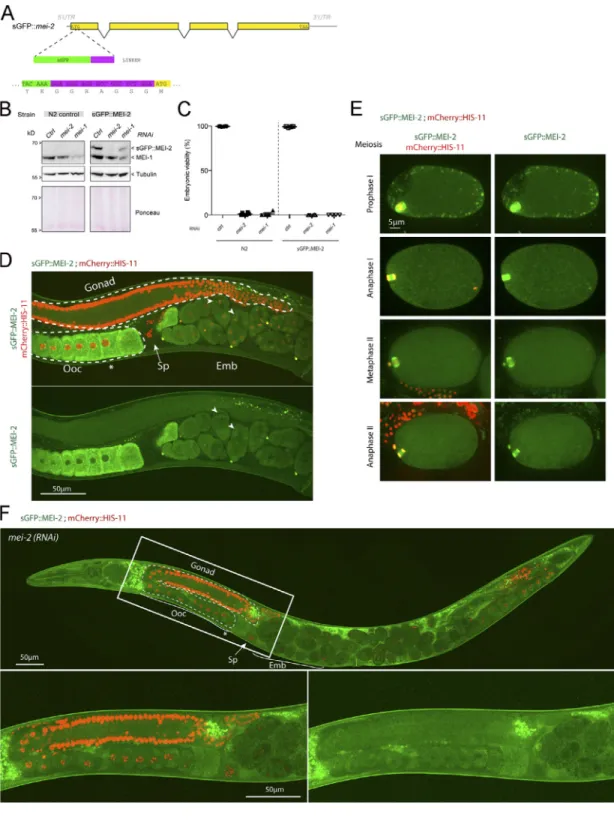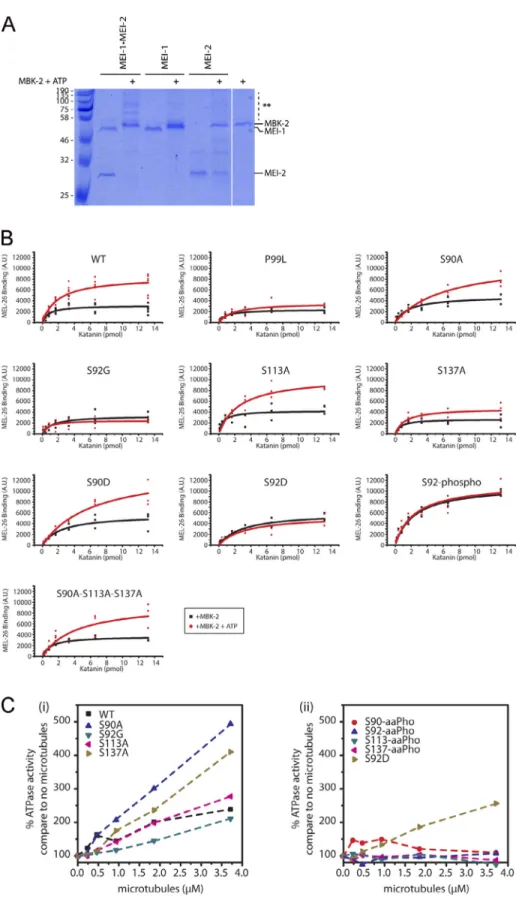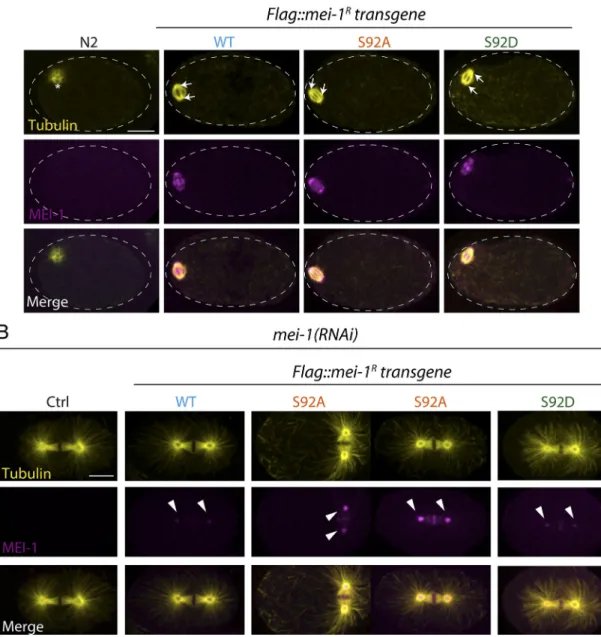Phosphorylation of the microtubule-severing AAA+ enzyme Katanin regulates C. elegans embryo development
Texte intégral
Figure
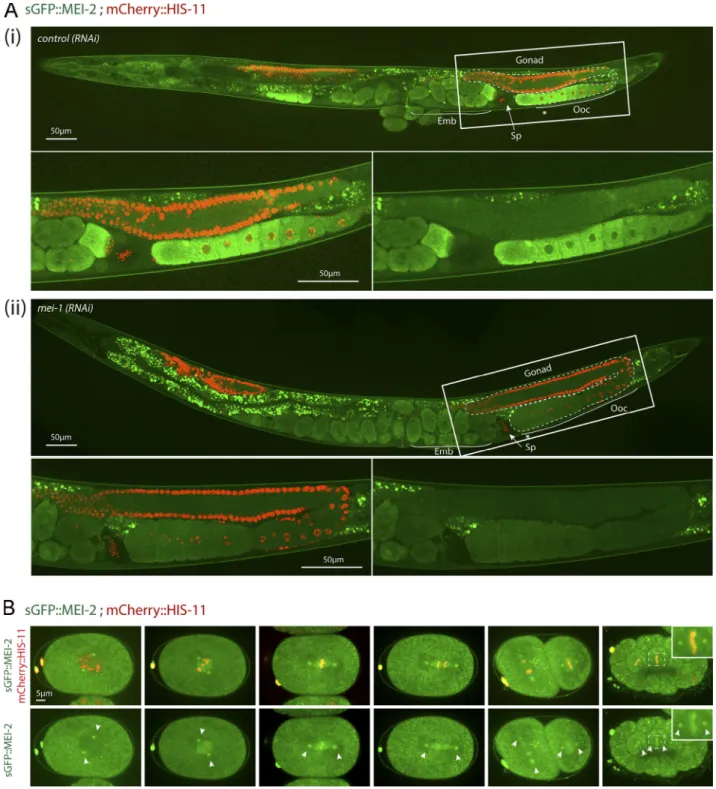

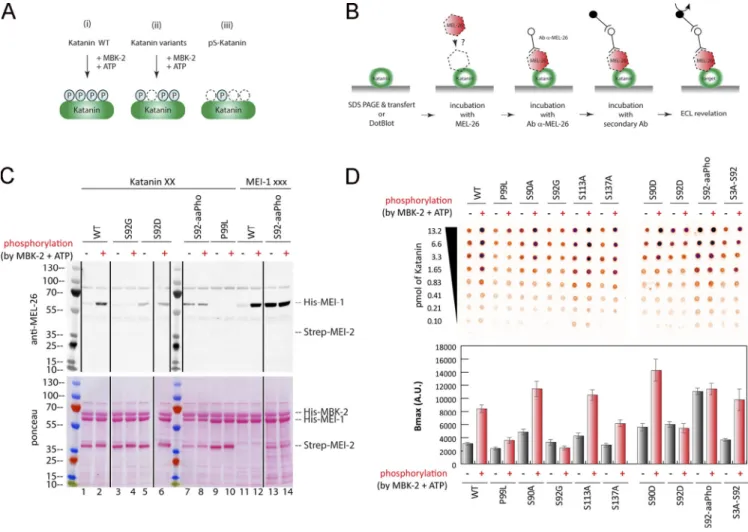

Documents relatifs
Despite 3000 years of successive waves of invasion by predators (humans, pigs, dogs and rats), numerous edible wild plant species still exist today and are found throughout the
The aim of this study is to identify novel human mutations and genes related to Silver–Russell syndrome (SRS), a syndromic form of fetal growth retardation, usually caused by
Figure 17 depicts the parameter effects on the overall performance of M1-CISE4 (reflected by values of PECP), and more detailed discussion about the dependence of
-immunological memory. It “remembers” that it has encountered an invading organism and reacts more.. rapidly on subsequent exposure to the same organism. 3-Each of the
47 production between hemp inflorescences (most performant) and hemp hurds which didn’t show much activity. The chemical composition of the substrates had a clear
ECE-1b and 1d Were Transiently Expressed at the Cell Sur- face—The detection of extracellular enzymatic activity from cells transfected with ECE-1b and ECE-1d suggested a higher
RSS values related to the global fitting of the literature datasets (Supplemental Information 4–6, 8–18) with the equations in the templates (Eqs. For each literature dataset,
The GMES Urban Atlas 2006 and 2012 databases[10] developed by the European Environmental Agency (EEA) were used to derive the quantitative specificities of the green

